In the region where Spain's most famous and widely planted clementine, the Clemenules, was born, there's a cooperative which is primarily focused on this variety. Cooperatives in Castellon are currently having some difficult times, with aging producers struggling to find successors in the younger generations, while dealing also with high input costs, competition from third countries and price wars driven by large retailers.
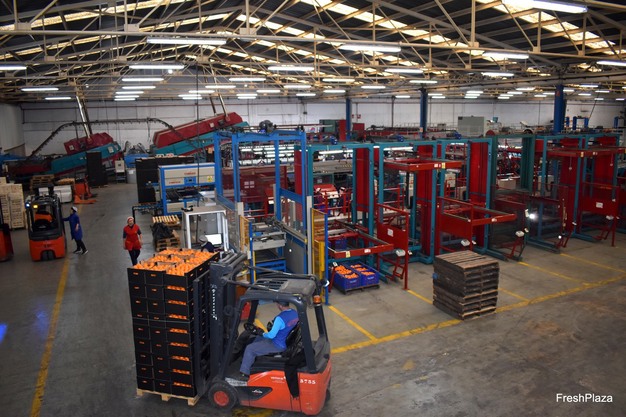
"The Clemenules, the most emblematic variety of this town and the La Plana region, accounts for about 80% of what we produce and market," says Manuel Malo, director of the Vallfrut cooperative, located in the municipality of La Vall d'Uixó, in the south of the province of Castellon.
"At this time, we are at the end of the Clemenules season, which should have already finished; however, in the current inflationary context, the demand has generally been slower than we expected. Fortunately, we have had a lower incidence of pests this year, and therefore, a good amount of marketable fruit, as well as fair prices for producers," he says.
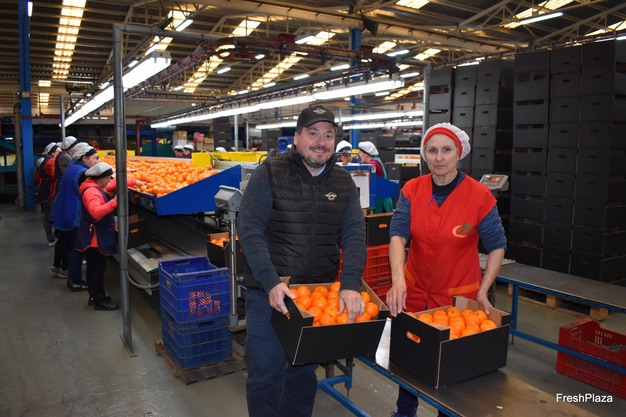 Manuel Malo, together with Toñi, the floor manager, who has been working at Vallfrut since it opened in 1974.
Manuel Malo, together with Toñi, the floor manager, who has been working at Vallfrut since it opened in 1974.
According to Manuel Malo, the Clemenules has allowed the companies in this region to grow strong, since "in addition to having enviable organoleptic characteristics and being productive, it is harvested when citrus consumption in Europe is at its highest. However, this has led to it being planted excessively, not only in this province, but in the rest of Spain's producing areas, so there's a lot of production arriving in just 2 months. It has been challenging to obtain sufficiently profitable prices for this variety over the last 20 years."
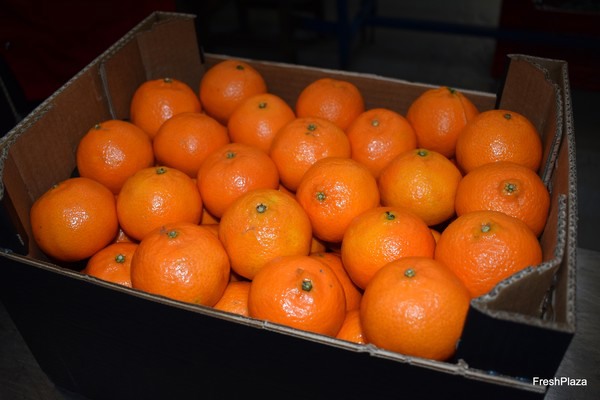
Vallfrut is made up of 360 partners who manage a total of 450 hectares and have an annual production of around 10 million kilos, mainly of clementines and mandarins, which they export to countries in continental Europe, the Nordic, Baltic and Eastern countries, with Germany and France as the most important destinations. The cooperative has just turned 50 years old and was visited by the Councilor of Agriculture, Livestock and Fisheries of the Region of Valencia, Mr. José Luis Aguirre Larrauri.
The citrus sector in Castellón, a province which produces mostly clementines and mandarins, has been dealing with difficulties and a significant loss of competitiveness for more than two decades; a trend that has accelerated in the last 10 years, in which many cooperatives have had to close their doors.
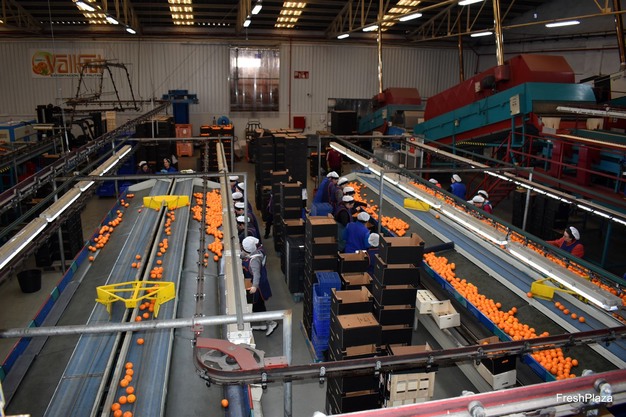
"In Castellon, agriculture has traditionally been carried out in smallholdings; that is, small plantations that are inherited from parents to children. However, the crop's low profitability, which is increasingly under pressure due to the purchasing power of large-scale retailers, together with the rising costs due to pests, the high price of inputs such as water, and the lack of generational replacement have made it difficult for many growers to survive, and they end up abandoning their crops," says Manuel Malo. "In many cases, the trees are already so old that they do not produce enough for the activity to be profitable."
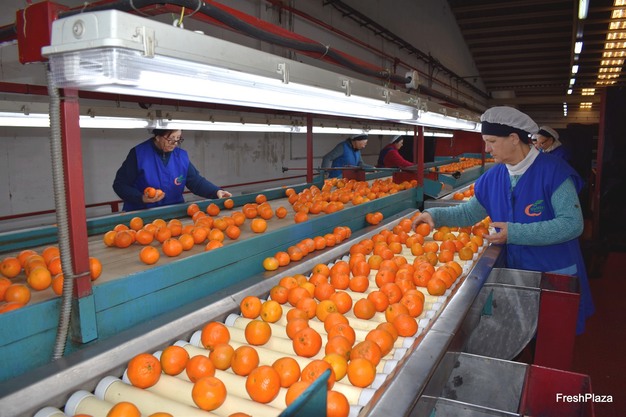
"Our main challenge is to make citriculture attractive to young people in order to prevail," says the director of Vallfrut. "The sector is changing very quickly with the entry of funds, and small cooperatives can only differentiate themselves by obtaining a quality product, with more limited volumes, but offering something that large operators do not have. We cannot wage price wars with large chains; our model is based on boosting the value of a product on which many farming families still depend."
The company has spent several campaigns diversifying its supply with other varieties that ensure profitability and differentiation. "Although the Clemenules is still very popular and loved in many European markets, especially in our area, we are encouraging producers to also have other varieties. It is difficult to find profitable varieties at the beginning of the campaign due to the overlap with the southern hemisphere, but we are already producing clementine varieties from the Valencian Institute of Agricultural Research (IVIA) such as the Neufina, a mutation of the Clemenules that is harvested from January, and the Murina, an irradiated variety of Murcott, with a very good taste and that allows us to finish at the end of March," he says.
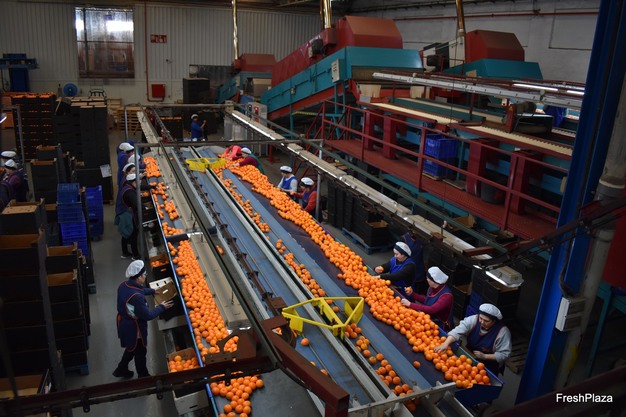
"From this point in the campaign, we are also producing other varieties, such as the Safor, some protected mandarins, like the Tango, Ortanique and Clemenvilla, as well as small quantities of LaneLate oranges," he says.
For more information:
Manuel Malo Moreno
VALLFRUT
Ctra. Segorbe, km 21’6
La Vall d’Uixó, Castellon, Spain
T: +34 964 660 350
comercial@vallfrut.com
www.vallfrut.com
